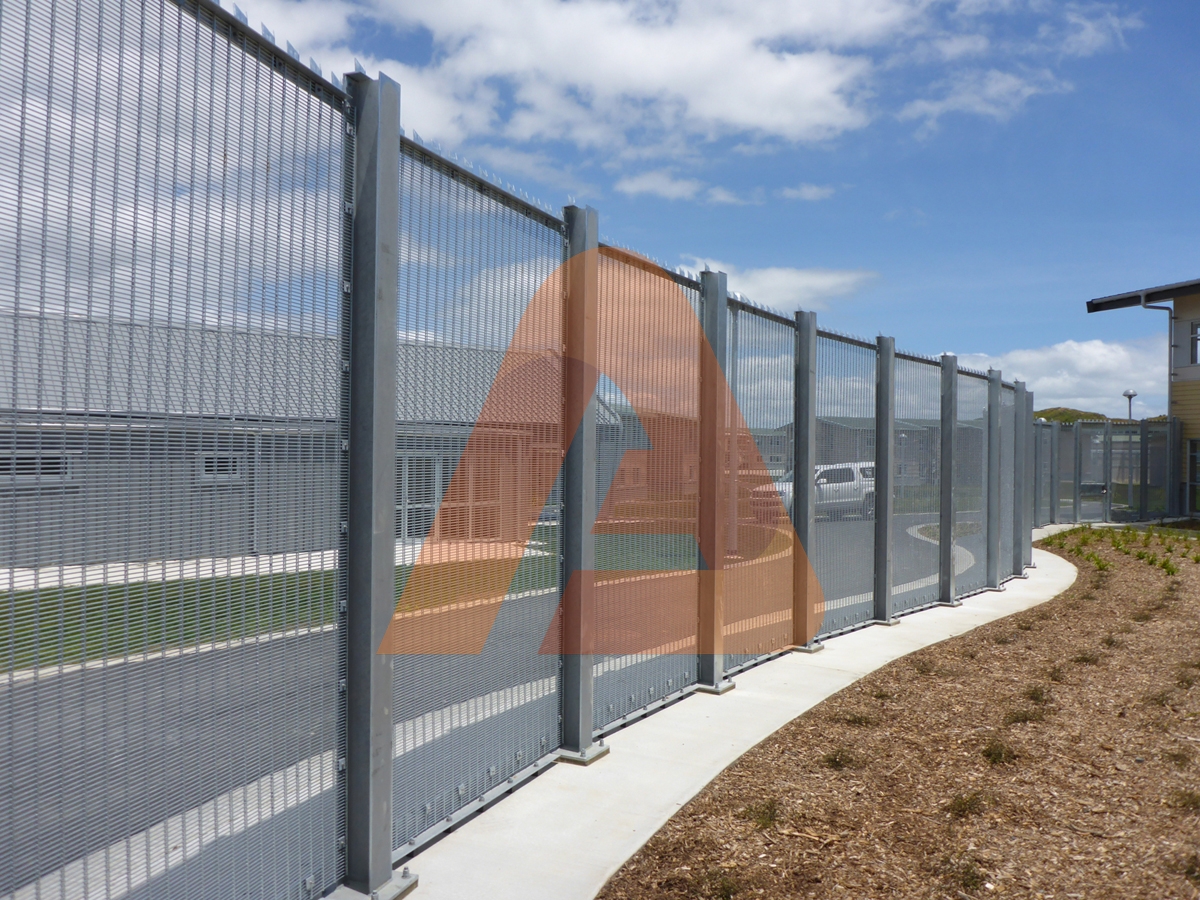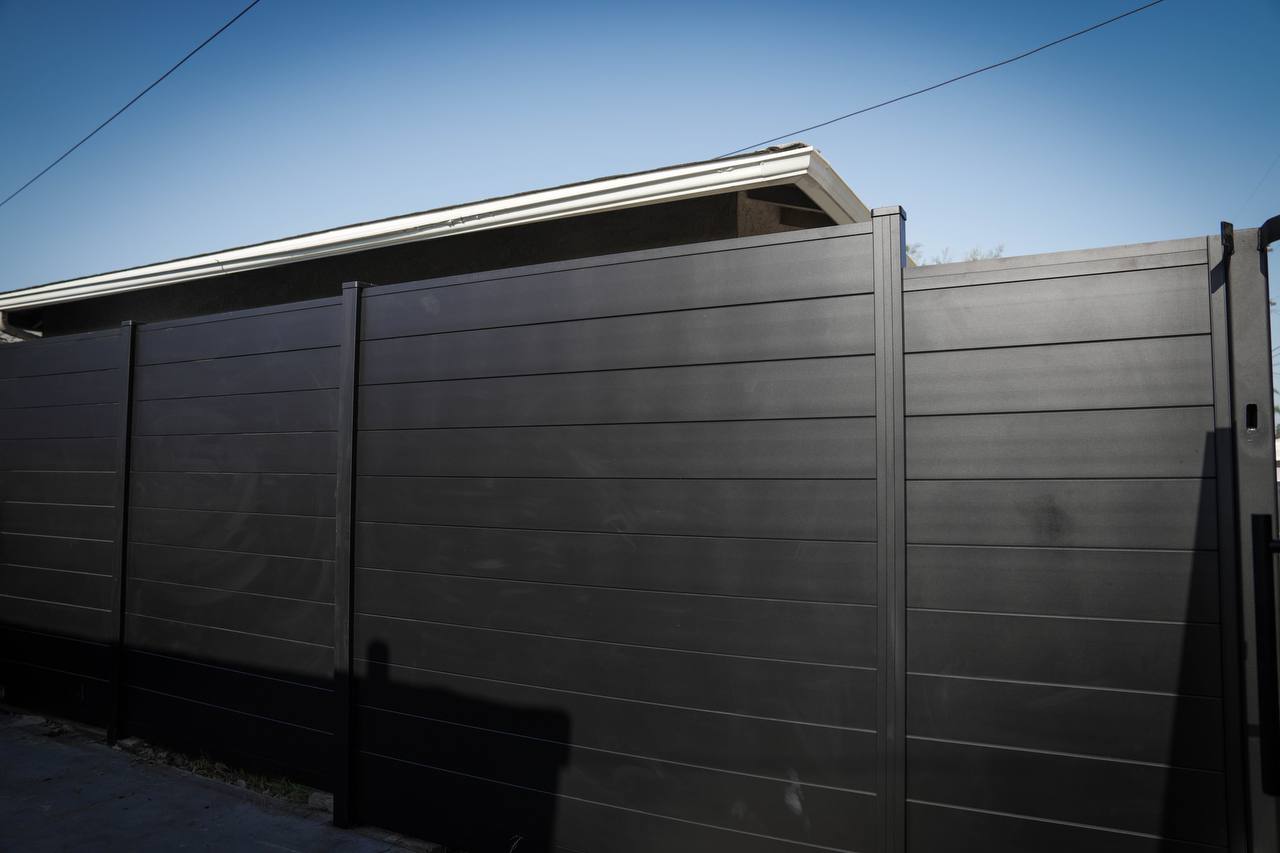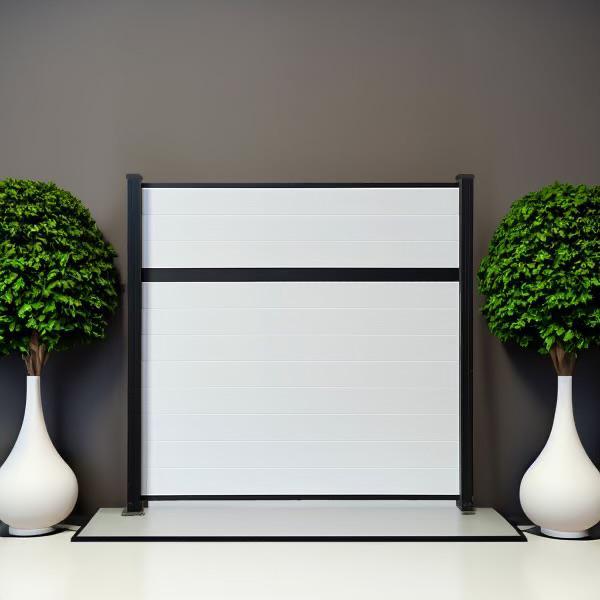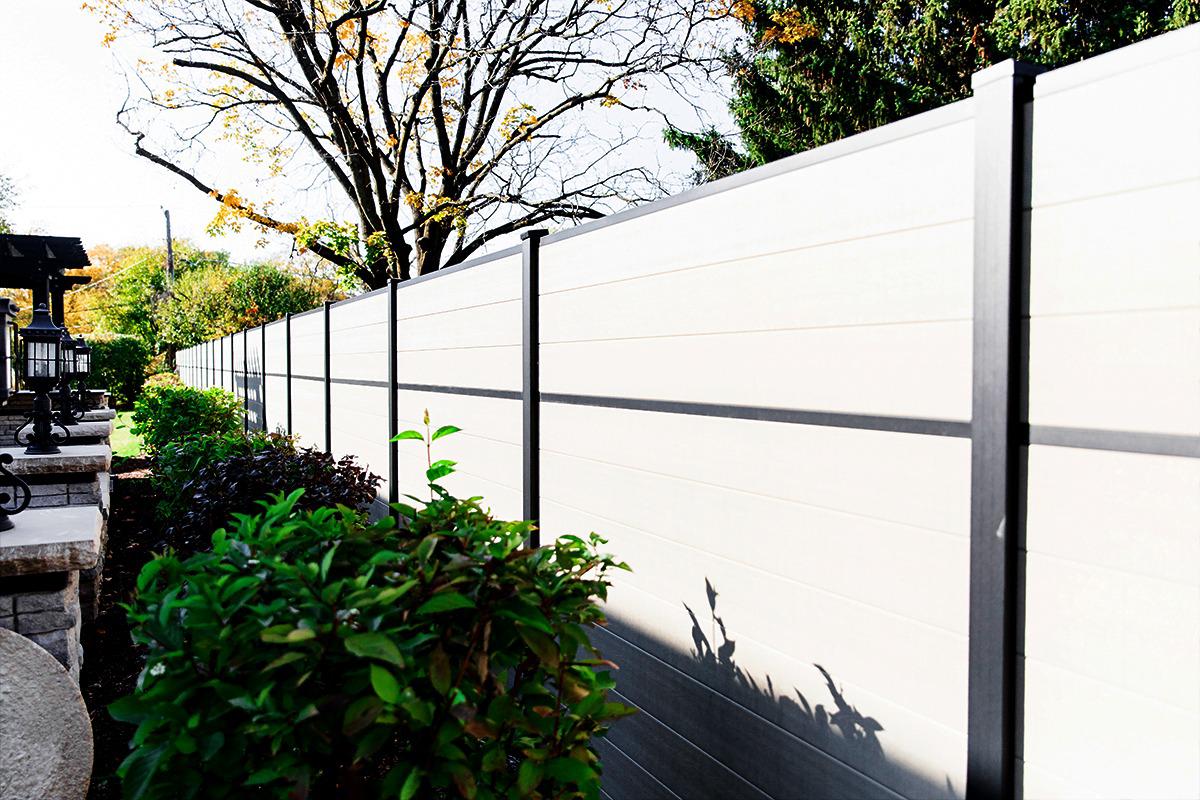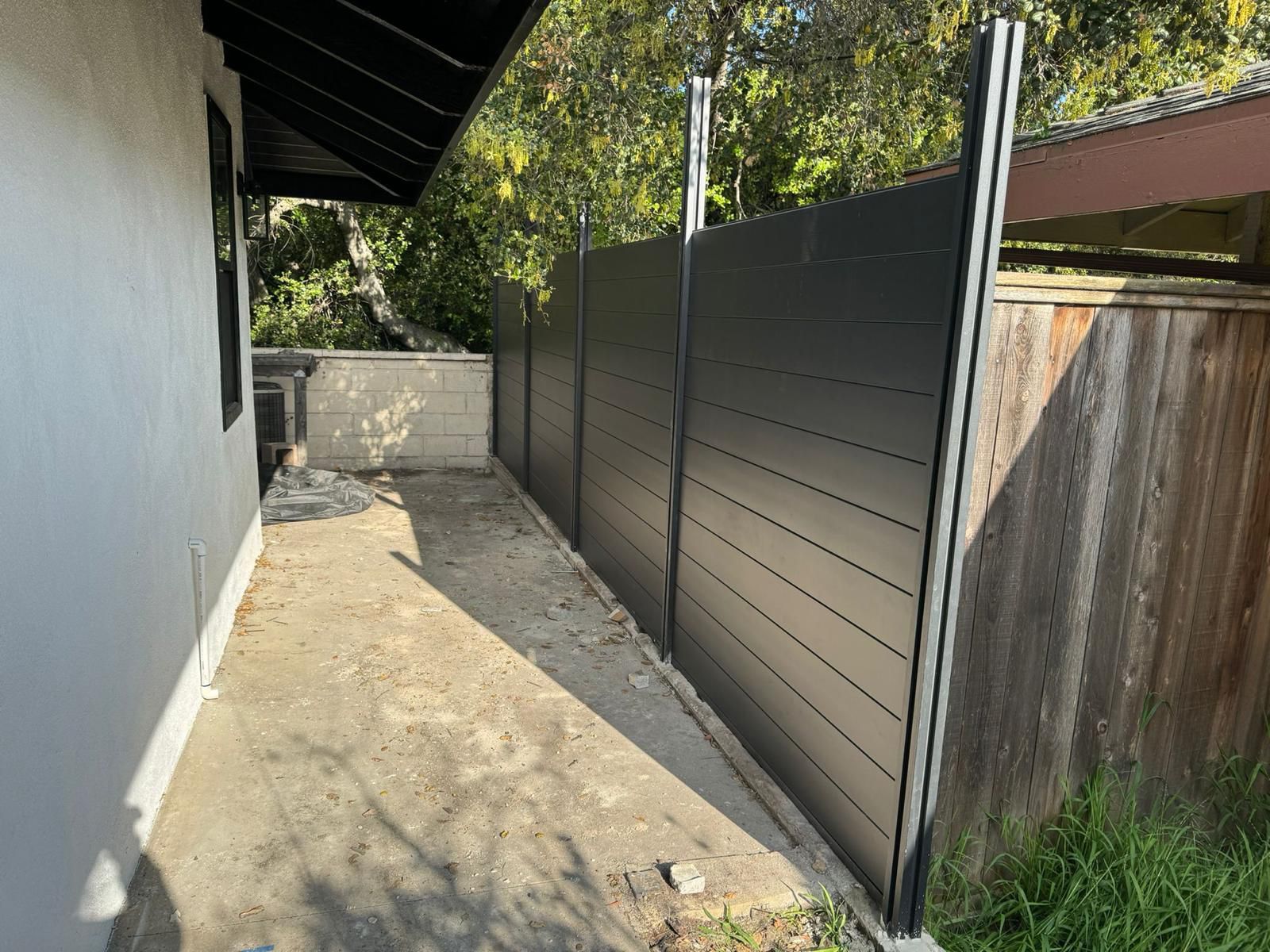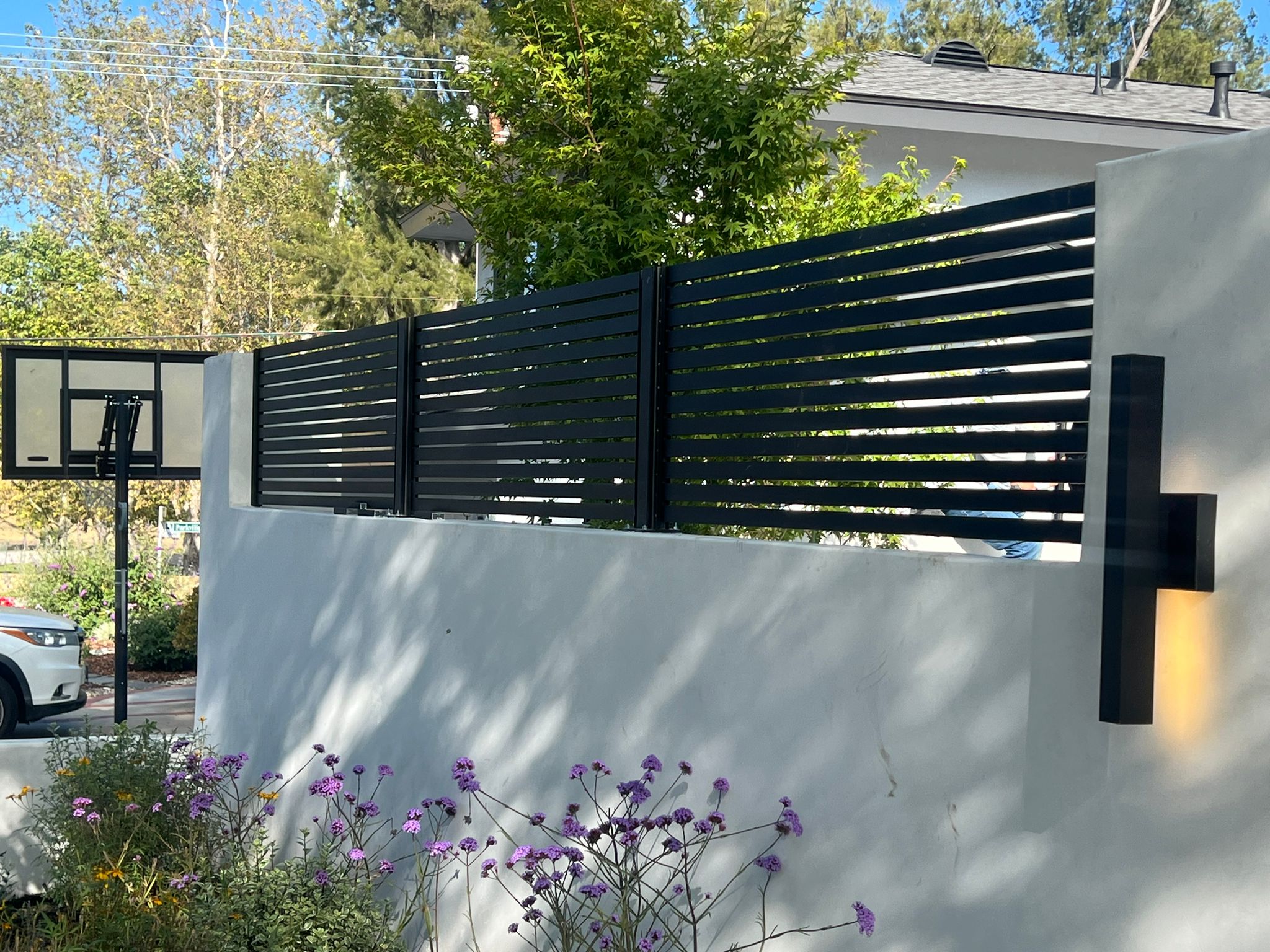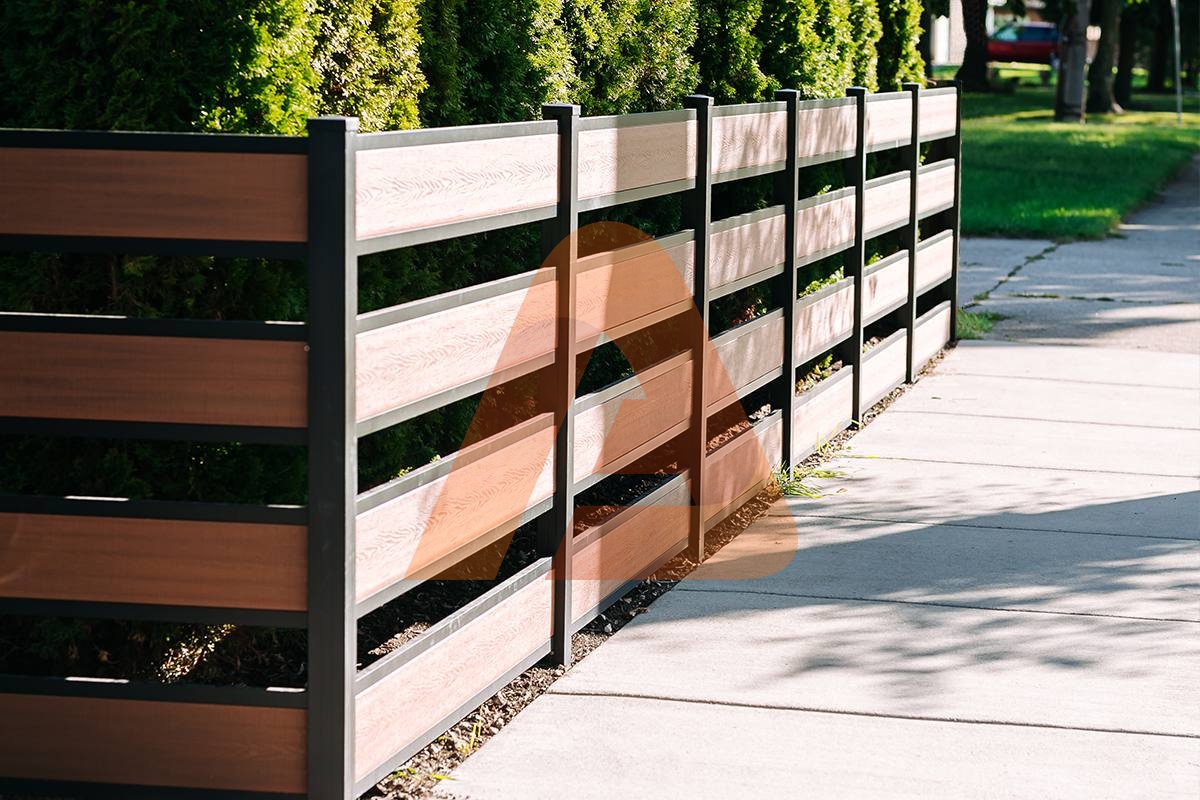
Advantages of Aluminum Gates and Fences Compared to Wooden Ones
- By Admin
- Posted on
Choosing the right material for your fence or gate isn’t just about looks — it’s about long-term value, durability, and how much effort you want to put into maintenance. For generations, wood has been the traditional favorite, bringing warmth and natural beauty to homes. But aluminum has quickly become the modern alternative — sleek, low-maintenance, and built to last decades.
In this guide, we’ll explore why aluminum gates and fences often outperform wooden ones in strength, appearance, cost efficiency, and sustainability. Whether you’re a homeowner, builder, or designer, understanding these differences can help you make the smartest investment for your property.
The Materials: What We’re Comparing
Wooden Fences and Gates
Wood fences are timeless and versatile. From rustic cedar and redwood to pressure-treated pine, wood delivers a natural aesthetic that never goes out of style. It can be stained, painted, or left to age gracefully. However, wood is an organic material — which means it’s prone to rot, warping, and insect damage, especially when exposed to humidity or coastal air. Even with regular sealing or staining, weathering eventually takes its toll.
While wood fences can be budget-friendly upfront, they often require frequent care and replacement. Most wood fences last around 10–20 years with proper maintenance, though sections may need to be replaced much sooner.
Aluminum Fences and Gates
Aluminum fencing is an engineered material designed to offer the beauty of wrought iron or wood — without the heavy maintenance. Built from extruded aluminum and coated with durable powder finishes, these systems are rust-proof, non-combustible, and weather-resistant.
Aluminum doesn’t absorb moisture, won’t warp under heat, and never needs to be repainted. A single investment can last 30–50 years or more, making it one of the most cost-effective solutions for residential and commercial properties alike.
Why Aluminum Outperforms Wood
1. Durability and Lifespan
Wood is strong when new, but it’s also vulnerable. Rain, UV rays, and termites slowly break it down over time. Cracks form, color fades, and rot spreads — especially in humid or coastal environments. Even high-end redwood eventually succumbs to nature’s wear and tear.
Aluminum, on the other hand, is built to last. It’s immune to rust, doesn’t rot, and is not affected by insects or moisture. Its structural integrity remains stable year-round, even in extreme temperatures.
In coastal regions like Malibu, Newport Beach, or Ventura County, where salt air and humidity destroy wood, aluminum remains pristine for decades.
In short: wood weakens with time — aluminum doesn’t.
2. Maintenance and Upkeep
If you’ve ever owned a wooden fence, you know the drill: sanding, staining, sealing, replacing boards — and repeating every few years. The cost and labor of maintenance can easily exceed the original installation cost.
Aluminum changes that entirely. Once installed, it requires nothing more than an occasional rinse or wipe-down. The powder coating acts as a protective barrier against UV damage and oxidation, keeping the fence looking freshly installed for years.
No paint cans, no splinters, no annual staining — just a beautiful fence that practically takes care of itself.
3. Cost Efficiency Over Time
At first glance, wood seems like the cheaper option. A basic cedar or pine fence might cost less per linear foot than an aluminum system. However, the true cost comes with time. Between yearly maintenance, product replacements, and shorter lifespan, wood can end up costing far more in the long run.
Aluminum has a higher initial price tag, but it’s a one-time investment. With minimal maintenance and decades of performance, homeowners save significantly over the fence’s lifetime. For rental properties, commercial buildings, or long-term homeowners, that savings adds up quickly.
4. Aesthetic Flexibility
Wood offers organic beauty — every board is unique, with its own knots, color variations, and grain patterns. But it also ages inconsistently. Sun exposure, moisture, and insects cause uneven fading, discoloration, and surface damage.
Modern aluminum, on the other hand, can mimic the natural look of wood while maintaining a flawless finish. Powder-coated colors like bronze, black, or textured walnut create a refined appearance that doesn’t peel or chip. Sleek vertical or horizontal designs match today’s architectural trends — especially modern and minimalist homes.
For upscale neighborhoods or design-driven projects, aluminum fences and gates add the luxury look without the upkeep.
5. Environmental Sustainability
At first glance, wood might seem like the greener choice — after all, it’s a renewable resource. But the sustainability picture is more complex. Treated woods use chemicals for preservation, and constant refinishing introduces paints, stains, and VOCs into the environment. Frequent replacements also mean more trees harvested over time.
Aluminum, by contrast, is 100% recyclable and often made from post-consumer materials. It doesn’t require harmful coatings or chemicals and lasts decades without replacement. When it finally reaches the end of its lifespan, it can be recycled again without losing strength or quality.
For environmentally conscious homeowners, that makes aluminum one of the most sustainable fencing options on the market.
6. Installation and Performance
Wood fences are relatively easy for DIY installations but can be inconsistent. Boards vary in thickness and texture, making alignment and leveling a challenge. Over time, boards shrink, nails loosen, and sections may sag or lean.
Aluminum systems are engineered for precision. Most modern designs come in modular panels or preassembled sections, ensuring straight lines, even spacing, and a uniform finish. They’re also lightweight — ideal for gate automation systems, hillside properties, or uneven terrain.
Once installed, aluminum fences stay perfectly aligned and stable, even after years of exposure.
When Wood Still Makes Sense
While aluminum outperforms wood in most categories, there are cases where wood remains a reasonable choice.
If you want a solid privacy barrier with zero visibility gaps, wood is often more practical, since it can be built as a fully enclosed wall. It’s also ideal for temporary or lower-budget projects where a rustic aesthetic is more important than longevity.
Wood still has unmatched natural charm, and for homeowners willing to maintain it regularly, it can last many years while adding character and warmth.
When Wood Still Makes Sense
| Feature | Aluminum Fence | Wooden Fence |
|---|---|---|
| Durability | 30–50 years, weather-resistant | 10–20 years, prone to rot/insects |
| Maintenance | Minimal, occasional cleaning | Frequent staining and sealing |
| Aesthetic | Modern, consistent, fade-resistant | Natural, but fades and warps |
| Eco-Friendliness | 100% recyclable | Renewable, but higher chemical use |
| Cost Over Time | Lower long-term expense | High maintenance cost |
| Weight & Automation | Lightweight, great for gates | Heavy, can strain motors |
The Key Takeaway
When comparing aluminum gates and fences to wooden ones, aluminum wins in nearly every category — durability, maintenance, cost, and sustainability. It’s the smarter, longer-lasting choice for homeowners who want beauty and performance without the ongoing upkeep.
Wood still offers charm and tradition, but it demands attention and commitment. For those who prefer to invest once and enjoy their fence for decades, aluminum is the future of residential and commercial fencing.
The Smart Choice for Modern Homes
In areas like Rancho Cucamonga, Orange County, or Pacific Palisades, where luxury homes face heat, moisture, and salt air, aluminum fences have become the go-to solution for architects and contractors. They complement modern aluminum gates, wall cladding, and pergolas — creating a consistent, high-end exterior with zero maintenance worries.
Aluminum isn’t just a fence material; it’s a long-term architectural statement of strength, style, and sustainability.
FAQs
Are aluminum fences better than wood fences?
Yes — aluminum fences are stronger, longer-lasting, and require far less maintenance than wood. While wood can rot, warp, or attract termites, aluminum stays rust-free and stable for decades, even in coastal climates.
How long does an aluminum fence last compared to a wood fence?
An aluminum fence typically lasts 30 to 50 years, while most wood fences last 10 to 20 years with regular maintenance. Aluminum’s powder-coated finish protects it from UV damage, moisture, and corrosion.
Does an aluminum fence require painting or staining?
No. Aluminum fences come with durable baked-on finishes that don’t peel, fade, or require repainting. All you need is a simple rinse or wipe-down once or twice a year to keep it looking new.
Is aluminum fencing more expensive than wood?
Initially, yes — but aluminum quickly pays off. Because it doesn’t need staining, sealing, or repairs, the lifetime cost of aluminum is much lower than wood, making it a smarter long-term investment.
Can aluminum fences look like real wood?
Absolutely. Many modern aluminum fences feature textured, wood-grain finishes that closely mimic the look of natural wood while maintaining aluminum’s durability and low maintenance.
Is aluminum fencing good for coastal areas or humid climates?
Yes. Aluminum is ideal for coastal and high-humidity environments like Malibu, Newport Beach, or Rancho Cucamonga, where wood fences deteriorate quickly. Aluminum’s anti-corrosive properties make it perfect for these conditions.
Can I install an aluminum fence myself?
Many aluminum fencing systems come in pre-assembled panels, making DIY installation easier than wood fencing. They’re lightweight and designed for quick setup with minimal tools.
Is aluminum fencing environmentally friendly?
Yes. Aluminum fences are often made from recycled materials and are 100% recyclable at the end of their lifespan. They also eliminate the need for chemical stains or sealers used on wood.


